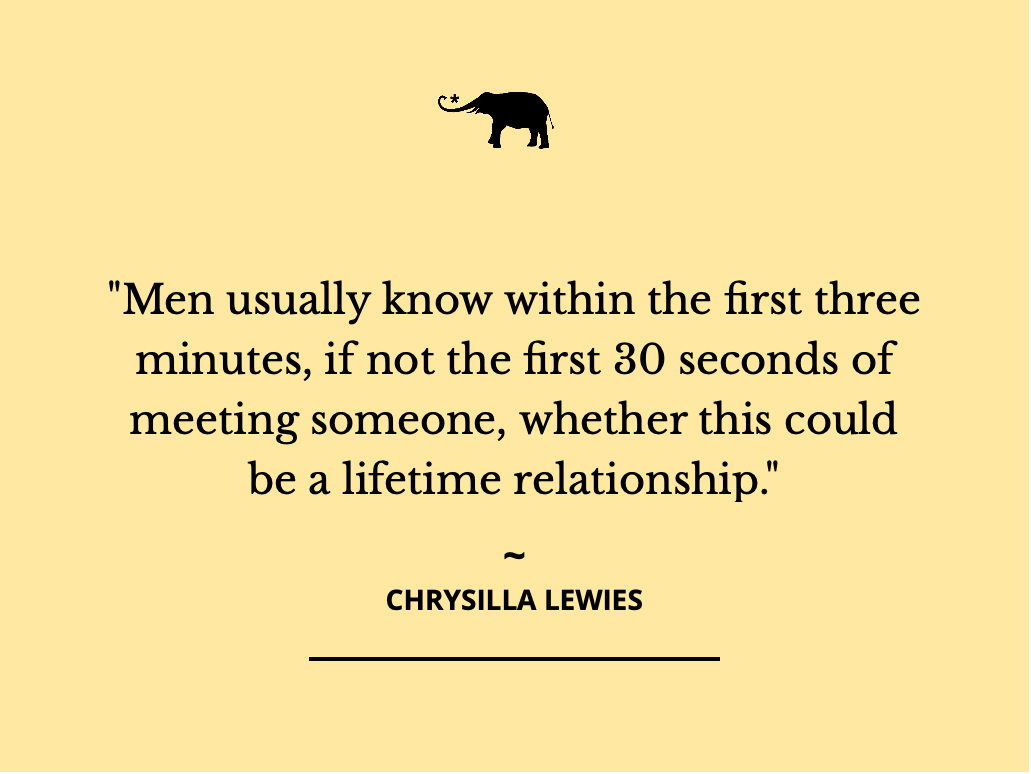
WEIGHT: 56 kg
Breast: 38
1 HOUR:80$
NIGHT: +30$
Services: Extreme, Fetish, Pole Dancing, Lesbi-show soft, Massage erotic
They should not be construed as an official position of the Agency for Healthcare Research and Quality or the U. Department of Health and Human Services. To achieve the benefit of screening for anxiety disorders and reduce disparities in anxiety disorder--associated morbidity, it is important that persons who screen positive are evaluated further for diagnosis and, if appropriate, are provided or referred for evidence-based care. Clinicians should understand the evidence but individualize decision-making to the specific patient or situation.
To read the recommendation statement in JAMA , select here. To read the evidence summary in JAMA , select here. The US Preventive Services Task Force USPSTF makes recommendations about the effectiveness of specific preventive care services for patients without obvious related signs or symptoms to improve the health of people nationwide.

It bases its recommendations on the evidence of both the benefits and harms of the service and an assessment of the balance. Similarly, the USPSTF notes that policy and coverage decisions involve considerations in addition to the evidence of clinical benefits and harms. The USPSTF is committed to mitigating the health inequities that prevent many people from fully benefiting from preventive services. Systemic or structural racism results in policies and practices, including health care delivery, that can lead to inequities in health.
However, they are also often important predictors of health risk. The USPSTF is committed to helping reverse the negative impacts of systemic and structural racism, gender-based discrimination, bias, and other sources of health inequities, and their effects on health, throughout its work. Anxiety disorders are commonly occurring mental health conditions. Anxiety disorders include generalized anxiety disorder, social anxiety disorder, panic disorder, separation anxiety disorder, phobias, selective mutism, and anxiety not otherwise specified.

However, full recovery may occur. According to US data collected from to , the lifetime prevalence of anxiety disorders in adults was Some community-based epidemiology studies indicate that rates of anxiety disorders are lowest in adults aged 65 to 79 years, but these data are outdated. The USPSTF concludes with moderate certainty that screening for anxiety in adults, including pregnant and postpartum persons, has a moderate net benefit. The USPSTF concludes that the evidence is insufficient on screening for anxiety disorders in older adults, defined as 65 years or older.




































